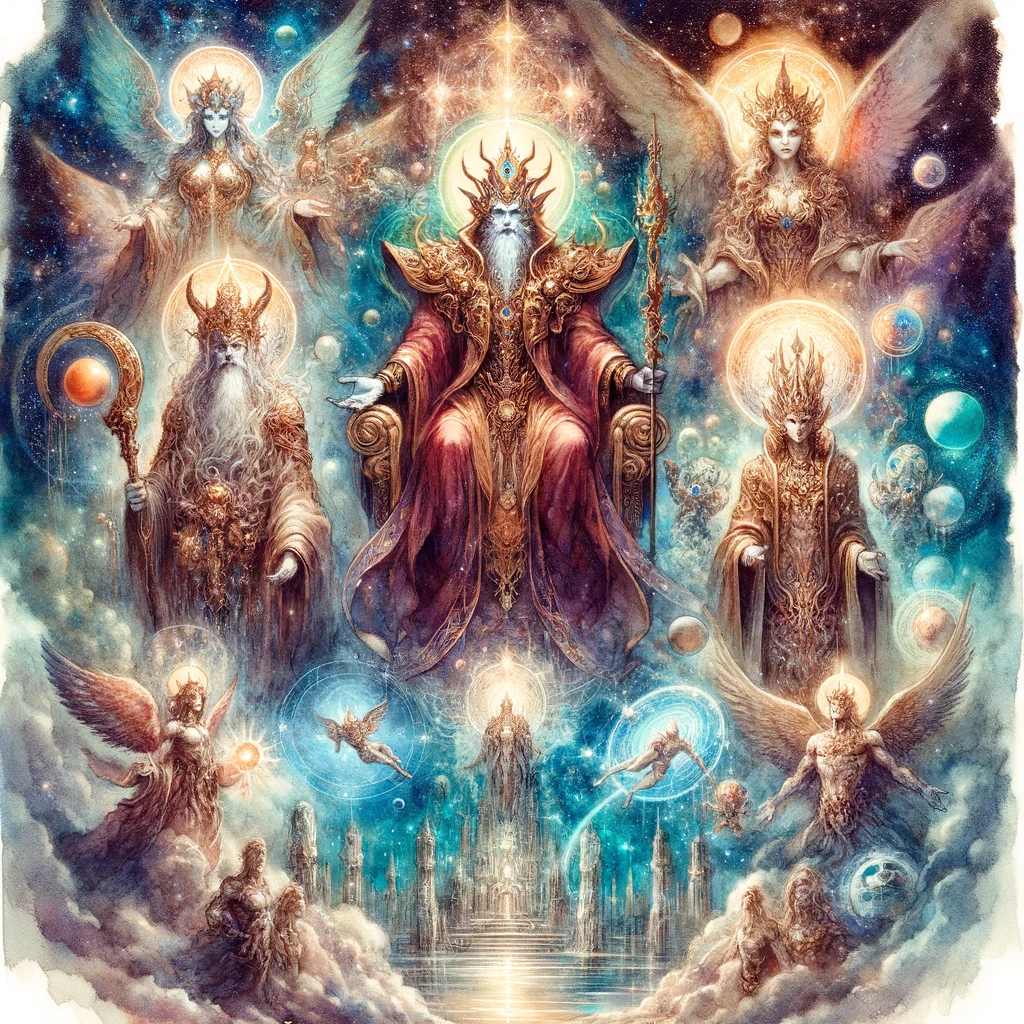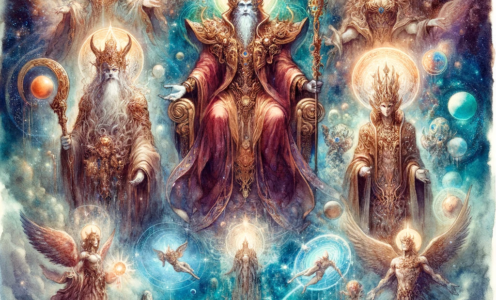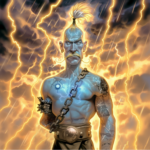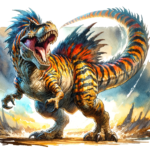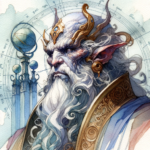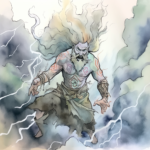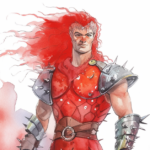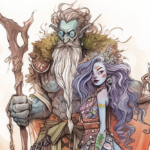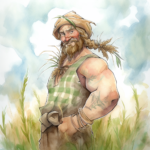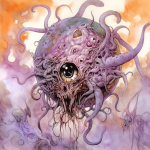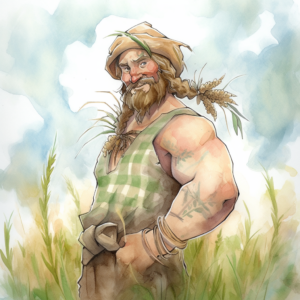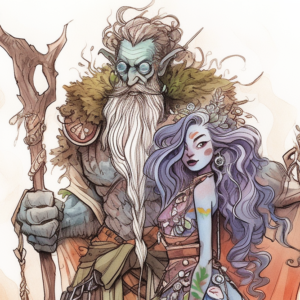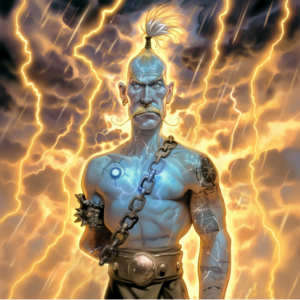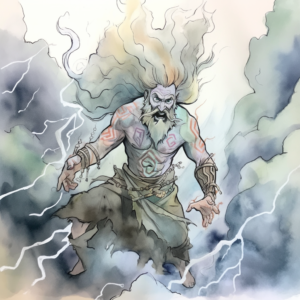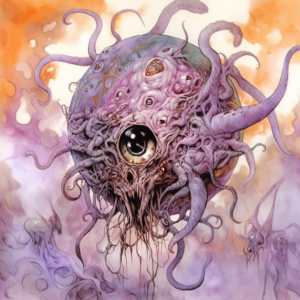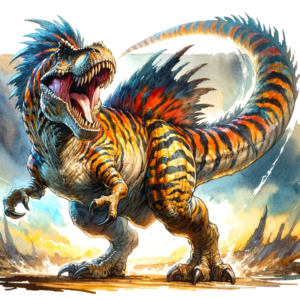The Athar Guide to Supreme Powers
by Burbank and Corsica Ralopolis
In the grand theatres of the powers, every pantheon has its lead actor, the one who struts and frets upon the multiversal stage more than the rest. These are the Powers that head their pantheons, the ones with the biggest temples, the longest hymns, and, let’s face it, the biggest egos. Sometimes these cutters are the Mothers of the Pantheon, sometimes the Fathers. Or perhaps even both, or neither.
Take Zeus from the Olympians, the lightning-flinger who can’t seem to keep to his own marital bed. He’s the head of the pantheon, ruling with a mix of thunderbolts, scandal, and fear of his wife Hera. Or Odin, the All-Father of the Norse powers, a one-eyed wanderer with a penchant for wisdom and warfare, sitting atop his throne in Asgard, keeping an eye on… well, everything.
Away from the realms of the humans, you’ve got Moradin for the dwarven gods, a solid cutter who’s as much about forging souls as he is about hammering iron. Or Corellon Larethian of the elves, a being as graceful as they come, yet as sharp as the pointiest arrow.
These leaders are a curious lot, often embodying the ideals and values of their pantheons. They’re worshipped, revered, and sometimes even feared. But let’s not forget, for all their pomp and power, they’re often as flawed as the mortals who kneel at their altars. Petty squabbles, divine tantrums, and celestial scandals are the bread and butter of these top-tier deities.
So, as we peek behind the divine curtain at these pantheon heads, we can’t help but wonder: are they truly worthy of their exalted positions, or just the best at playing the godly game?
See Also: The Athar Guide to the Powers

